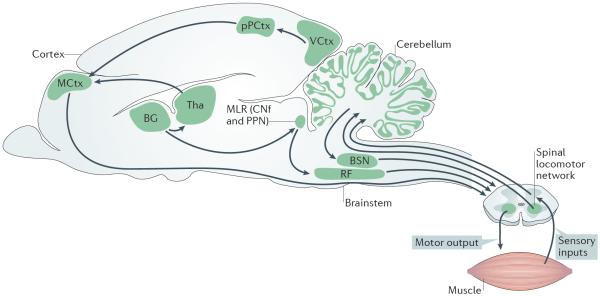Figure 1. Organization of neuronal control of locomotion in vertebrates.
The selection and initiation of locomotor behaviour involves various regions of the brain and brainstem. Output neurons of the basal ganglia (BG) project both to the thalamus (Tha) — which sends projections to the motor cortex (MCtx) and other cortical areas — and to areas in the brainstem, including the mesencephalic locomotor region (MLR)2–4. Initiation of locomotion is thought to be mediated by the activity of neurons in the MLR7,9, including the cuneiform nucleus (CNf) and the pedunculopontine nucleus (PPN). MLR neurons project to neurons in the reticular formation (RF) in the hindbrain7,9. Neurons in the RF project to locomotor networks in the spinal cord that execute locomotion. Descending fibres from the vestibular and rubrospinal spinal pathways (brainstem nuclei (BSN))8 maintain posture and modulatory signals9,14–16 that regulate the ongoing locomotor activity. The cerebellum coordinates locomotor behaviour by mediating movement-generated feedback and internal feedback, as well as by modulating the activity in the descending pathways8. Proprioceptive sensory feedback modulates the activity of the spinal locomotor network17. Cortical activity (MCtx) provides visuomotor (VCtx) correction of locomotion via the posterior parietal cortex (pPCtx)1. Figure is adapted with permission from REF. 165, Springer.

